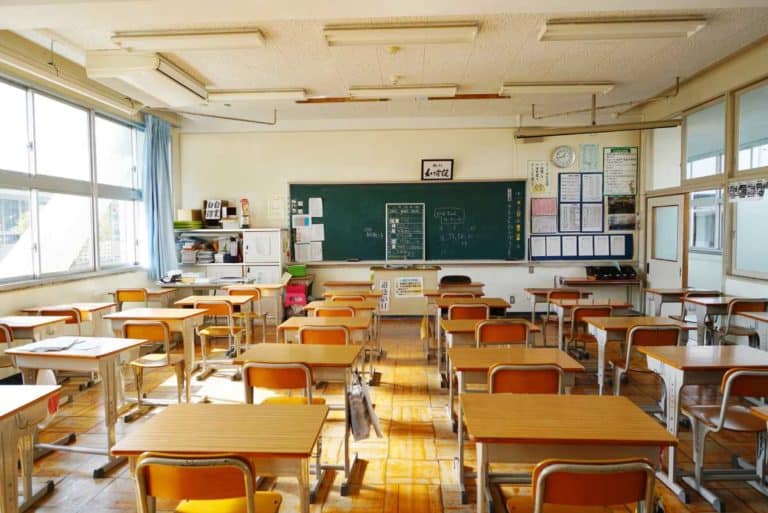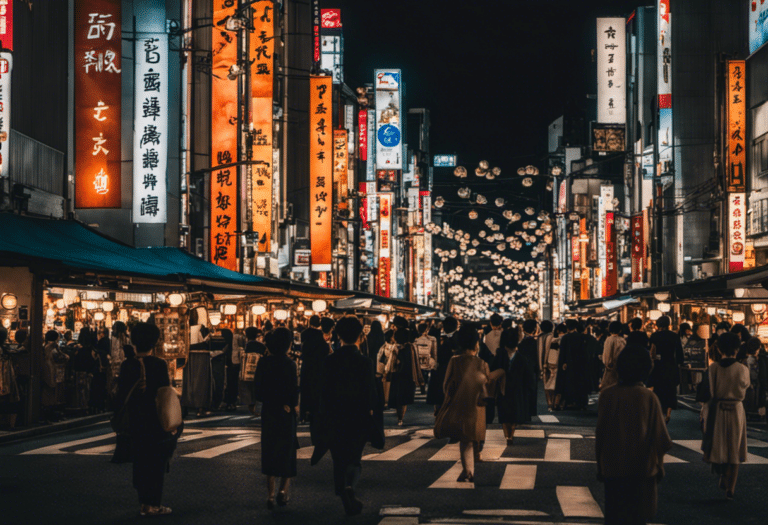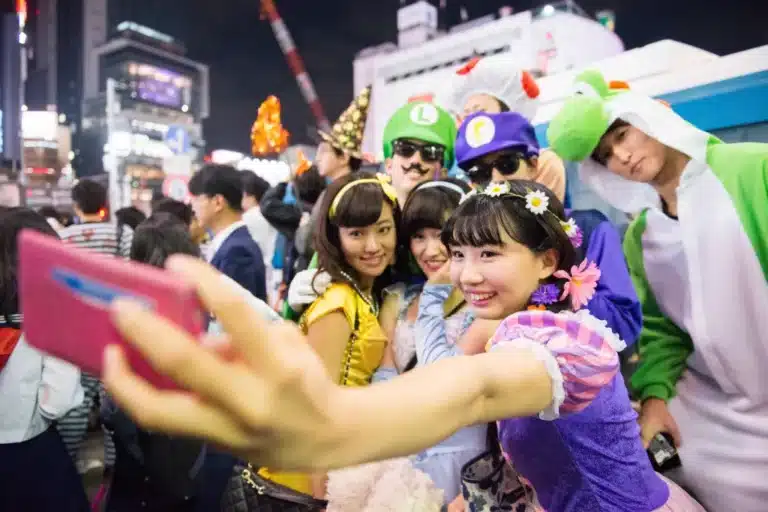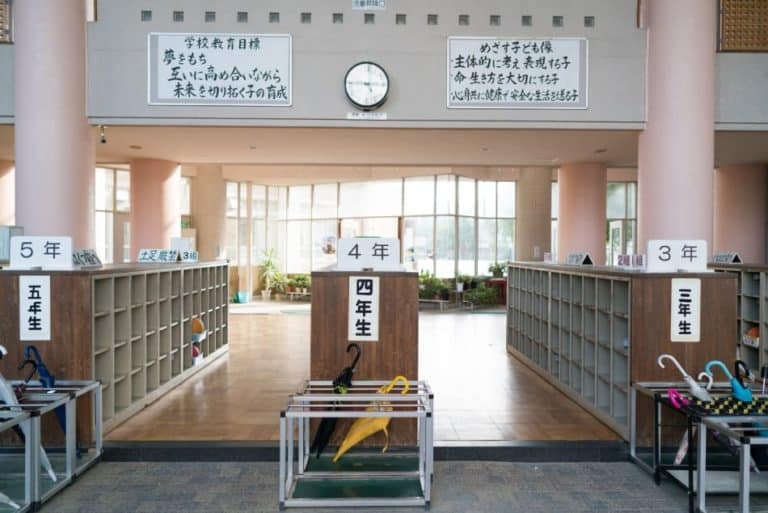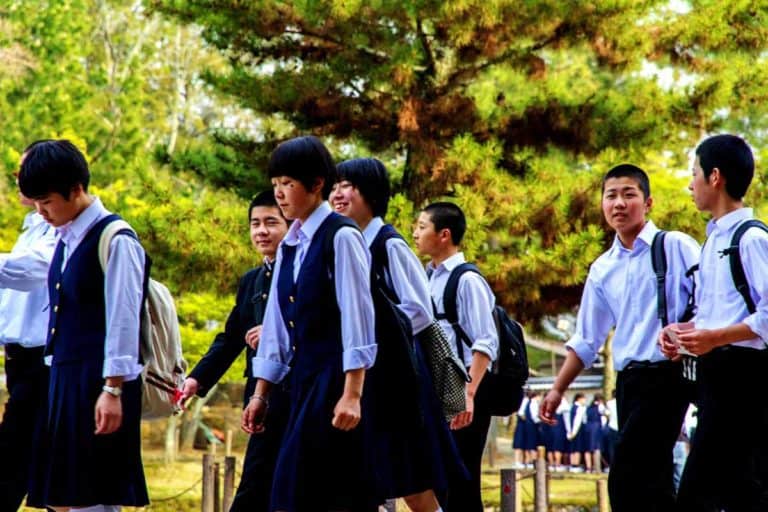When Does School Start In Japan?
Japan’s academic year is quite different from what we are used to.
This can be challenging if you want to immigrate with your children or further your studies in Japan, as the system has many differences.
So, when does Japan’s academic year generally start?
Japan’s academic year begins in April and ends the following year in March. They have a summer, winter, and spring break between their three-semester schooling year. Their schooling consists of six-year elementary school, three years of junior high, then three years of high school.
Japan’s schooling year can be challenging if you are new to it, but this schedule makes the most sense for the Japanese.
- But why does the Japanese academic year begin in April?
- Do some Japanese schools have classes on Saturdays?
We will go through these questions in more detail in this article.
When Does The School Year Start In Japan?
Japan’s schooling year is quite different from a lot of schools around the world. Japan’s academic year begins in April when the cherry blossoms bloom and end the following year in March.
This seems to suit the Japanese people and culture better than other academic year schedules as it aligns with different important schedules and timelines throughout the country.
The non-calendar year schooling system is not unique to Japan, and many other countries use similar school year structures that cross between two calendar years.
This has implications for children from countries that follow different school year calendars and may require them to repeat specific grades to fit in with the Japanese schooling calendar.
Why Does The School Year Begin In April?
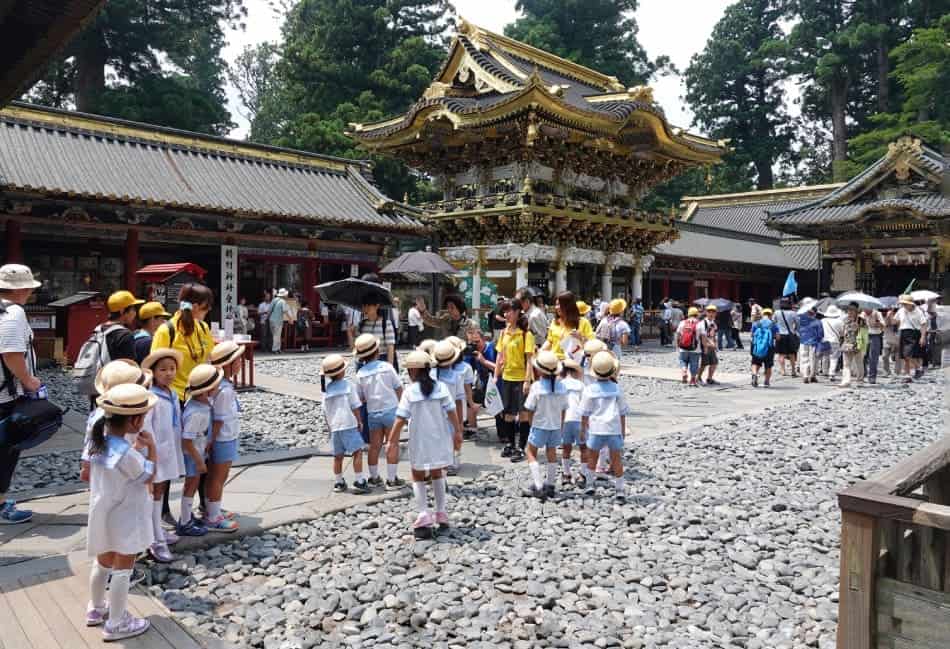
The modern educational system used in Japan today began in 1872 and was modeled after the French educational system that had its school year start in April.
However, there was a time when the school year began in September. This was during the Taisho period, which was from 1912 to 1926.
But this September school year’s start did not work out for the Japanese people and was deemed too inconvenient.
This led the educational system to find an alternative school year. They decided that the school year would then mimic the fiscal year in Japan, which begins in April and ends the following year in March.
The Japanese population accepted this new school year as it was deemed more convenient to follow and allowed schools to fit the books and accounts within the Japanese fiscal year structure.
This school year was changed to correlate with Japanese beliefs around spring.
This is because April is the height of spring, right when the cherry blossoms bloom, which for the Japanese is the most suitable time for a new start or to start something new.
Thus, choosing this time of year to start the school year also has a symbolic meaning in line with their cultural heritage.
So, in summary, having their schooling year begin in April is perfect for the Japanese as it aligns with their beliefs of a new start, with the convenience of following the fiscal year.
This means that most of the essential things in the country line up with each other and are easier to keep track of.
Unfortunately, differences in the school year systems around the world pose some challenges for Japanese students who wish to study in other countries like the United States.
This is because half a year is wasted while the student is waiting to get into the school they chose abroad, and then another year is wasted in their studies when they return to Japan as they may need to repeat a year due to the different school-year systems.
And for students wanting to go and study in Japan, this can cause the same challenges for them, which can get frustrating.
For this reason, many people in Japan are advocating for the academic year to return to the beginning of September. Still, as spring is so closely related to new beginnings in Japan, the academic year will probably continue to begin in April.
Let us look closer at the Japanese schooling system so that we have a better understanding of how the entire system works.
About The Japanese Schooling System
The Japanese schooling system primarily consists of a six-years of elementary school, then three years of junior high school, then three years of high school, followed by two or three years of junior college or four years of college.
In Japan, compulsory education is the first nine years of education, from the elementary school level to the junior high school level.
After that, the student can choose whether to continue, but over 90% of them continue their studies.
The school education travel exchanges in Japanese schools occur during the junior high and high school periods.
Some schools cater to physically or mentally challenged children to help them get their complete education to suit their particular needs.
Public schools in Japan usually have classes five days per week, with some schools also including courses on Saturdays. There are traditionally six classes per day in junior high schools, each lasting about 50 minutes. After their classes, the students clean their classrooms before they move on to their club activities.
The schools generally work on a three-semester system. The first semester is from April and ends in August; the next is from September to December, with the last semester going from January through March.
Their holidays are a summer break which is from the end of July until the end of August, then a winter break from the end of December until the beginning of January, and then their spring break is a short break at the end of March, going into the beginning of April.
Japan also has some public holidays throughout the year, which the children can participate in, as the schools will be closed on these days.
The standard of education in Japanese schools is considered high, even compared to the world standard. The students in Japan are exceptional, with a high level of achievement, especially in science-related areas.
Japan is a big believer in foreign language education, and English is compulsory in junior high and high schools. English education is also sometimes included at an intermediate grade in elementary schools.
Apart from the English language, students can also learn Chinese, French, Korean, and German in some high schools.
Conclusion
Japan’s academic year begins in April and ends in the following year in March, this has some significant ties to their beliefs, and it is easier for the Japanese to keep track of as most of their essential schedules line up with it.
They also get some good holidays in the schedule, which helps keep the students fresh and focused on their schoolwork.
The start of the Japanese school year may pose problems for families emigrating to Japan with children.
Some adjustments may need to be made to fit into the new school structure and timing schedule.

